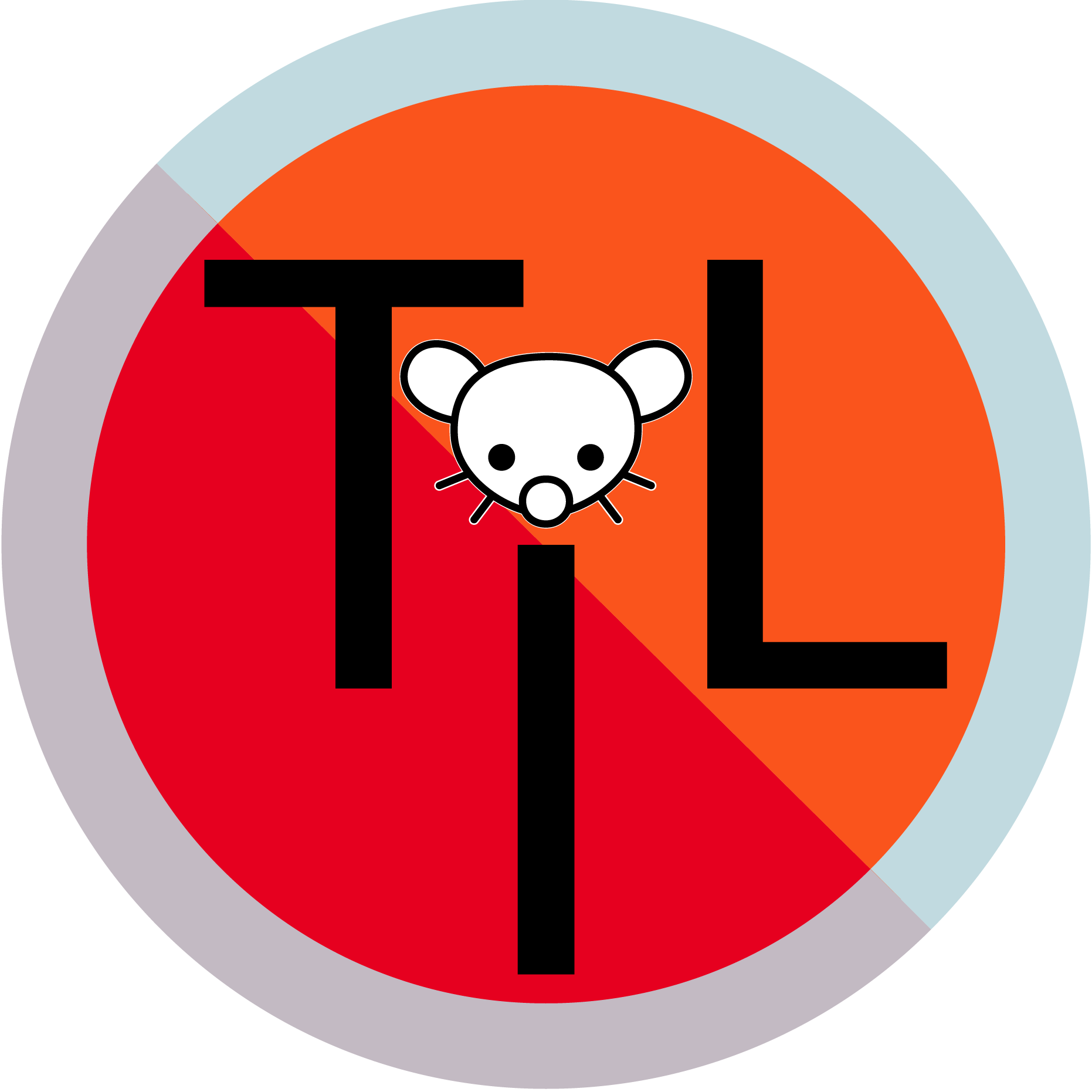Today I learned the metric equivalent of horsepower is, horsepower. You’d think someone would have come up with a better name.
The metric equivalent, if you’re talking about how it’s measured in places like Europe, is kilowatts.
You’re right, yet there are two definitions of the horse power, the imperial
1 hp ≈ 745.7 Wand the metric1 hp = 735.49875 W. The latter is usually given in its local name, e.g. as PS, cv, … etc., while the imperial is usually hp independent of the language of the document.As you said, in Europe, quantifying the power of a machine (e.g. a car) in horse powers is supplementary only and thus, does not suffice on its own, the data must always be given in kW.
to further complicate things … we also use:
- BHP (Brake Horsepower)
- SAE HP (Society of Automotive Engineers)
- WHP (Wheel Horse power)
and a few others (when talking about vehicles at least)
We’re a mess
Yet somehow people still use PS or horsepower in everyday language. At least in Germany.
One reason is probably that the power in PS is a 36 % larger number than in kW.
As far as arbitrary units of measurement go, horsepower and candlepower at least sound cool.
I had not heard of candle power before but foot-candles always gets a chuckle out of me for ridiculous name
deleted by creator
Watts
In Portuguese it’s called steam-horse (cavalo-vapor)
It’s the same in Spanish and Catalan
Never heard of anyone using it. Is it mostly used by technicians?
I think I only heard/read it once or twice, but yes, I think most shorten it to just cavalos
How are cars advertised in Portugal? In Germany, Pferdestärken (PS) is commonly used.
In Portugal, we usually just say “Cavalos” (horses)
Pferd is horse, right? What is “stärken”?
Yes, Stärke means strength (could also mean starch, but not in this case), Stärken here is (Dative case) plural.



